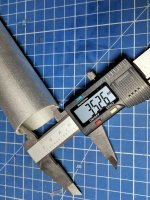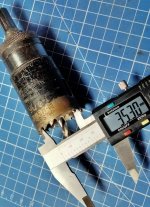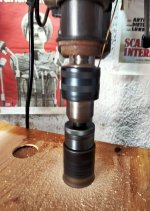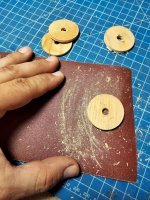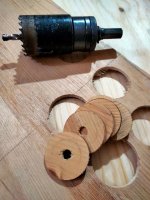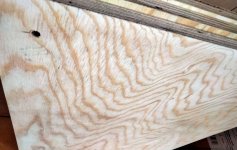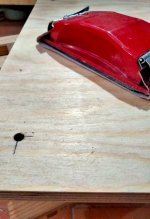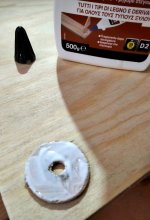Hello all!
I'm fairly new to the world of DIY audio and currently working on my first pair of 2-way desktop/bookshelf speakers. I hope this thread is not misplaced, since I don't know yet whether my problem is software-, speaker- or brain-related... probably the latter
🙂
Browsing for a suitable chassis, I read a lot about Paul Carmody's DIY Speedsters, which I'm sure are well known around here (perhaps even a DIY classic?).
I won't replicate this exact build, but I have my eyes set on the Tang Band W4-1720 in vented a 6 litre enclosure paired with Dynavox AMT-2.
As per the official pages:
The enclosure for the Speedster is 5.5 Liters. It has a 1.375" dia port that is 4.5" long (mounted directly behind the tweeter). This tunes the box to about 55 Hz. The -3 dB point of the W4-1720 in this size box is in the mid 40 Hz range, which is quite satisfying (more on that later).
(Alas, there is very little on that later.)
A 40ish F3 with a 4" woofer in cabinet that small? Impressive! Surely I can aim for a similar result, once I get a hang of this whole DIY thing? And so I decided to feed the T/SP, box and vent data into WINISD to verify that this could actually work. WINISD won't let me specify the port
length but everything else, and in fact recommends an even longer port. This is how it looks:
That's nice and smooth graph for sure, but with a steep and early dropoff. Nowhere near 45 Hz at -3dB! The Speedster's
crossover doesn't seem to play a role in that (or does it? I'm only just learning how crossovers work, with XSim and SPL trace and everything, so keep in mind that I am exactly as clueless as it seems). Anyway, I've looked for other explanations. Incorrect TSP (or units) were the prime suspects. But they are all in line with the specsheet.
Except...
this posting on parts express' techtalk caught my attention:
I measured 4 of these W4s about 5 yrs. ago. The T/S specs actually were quite close to factory, eXcept Vas - it was considerably smaller (less than half of TB's spec), so much so that even Paul's 5-6L Speedster box looked a tad large! ... Vas 0.07cf (some were closer to .08, but NONE close to TB's 0.2 !)
Changed the VAS in WINISD, and sure enough:
Not that smooth anymore, but it looks more in line with that infamous F3. Air speed looks good... cone excursion not so much, but that also applies to the original VAS. Now, all this reeks of confirmation bias. A woofer so widely used and nobody except one dude noticed this? Don't think so.
What am I missing?
Maybe I should just call it a day, move on to a different chassis and work it from there. But I'm trying really hard to understand the basics and not go by feel. Can you help me with that?
🙂
Thank you kindly,
v3
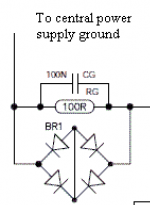
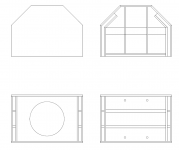
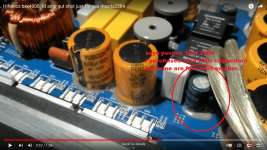
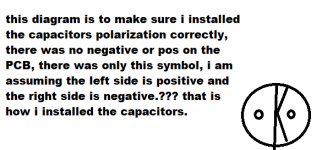
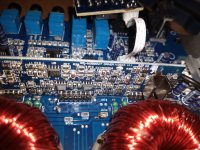
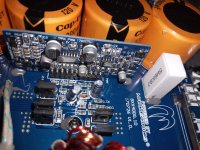
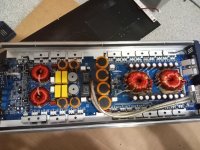
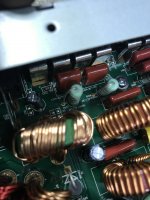



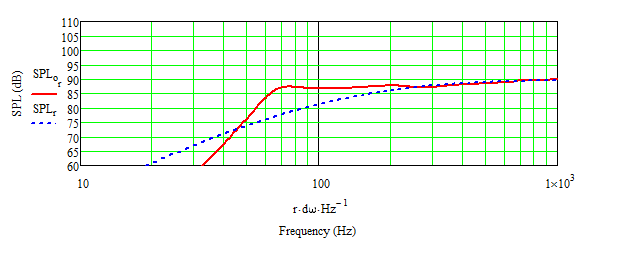
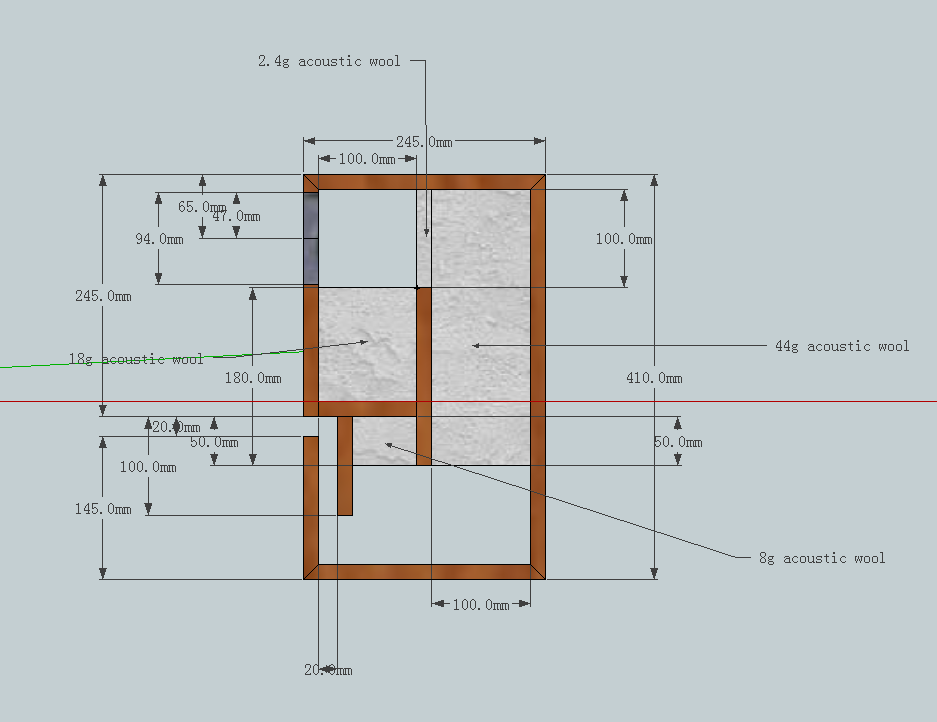


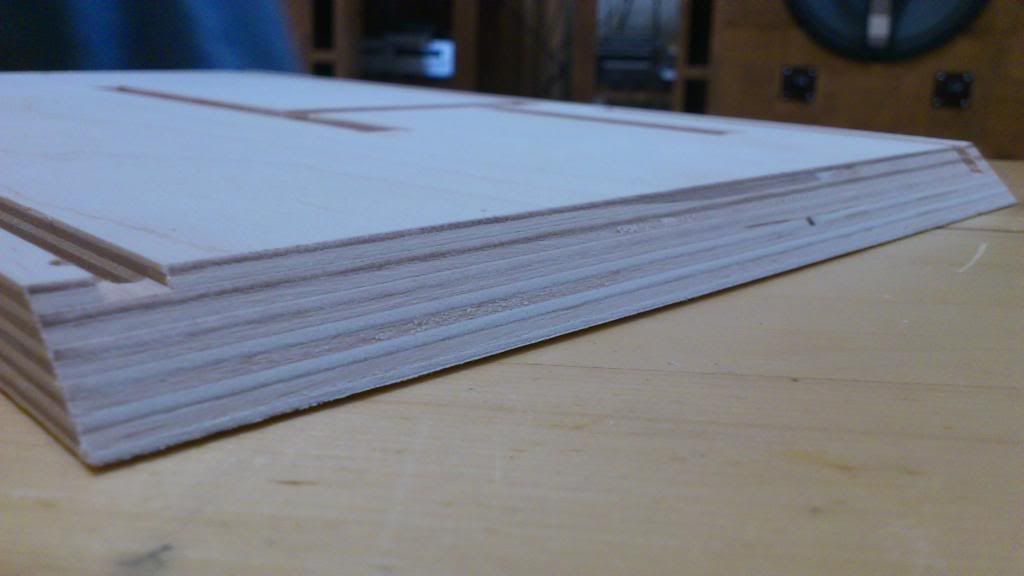


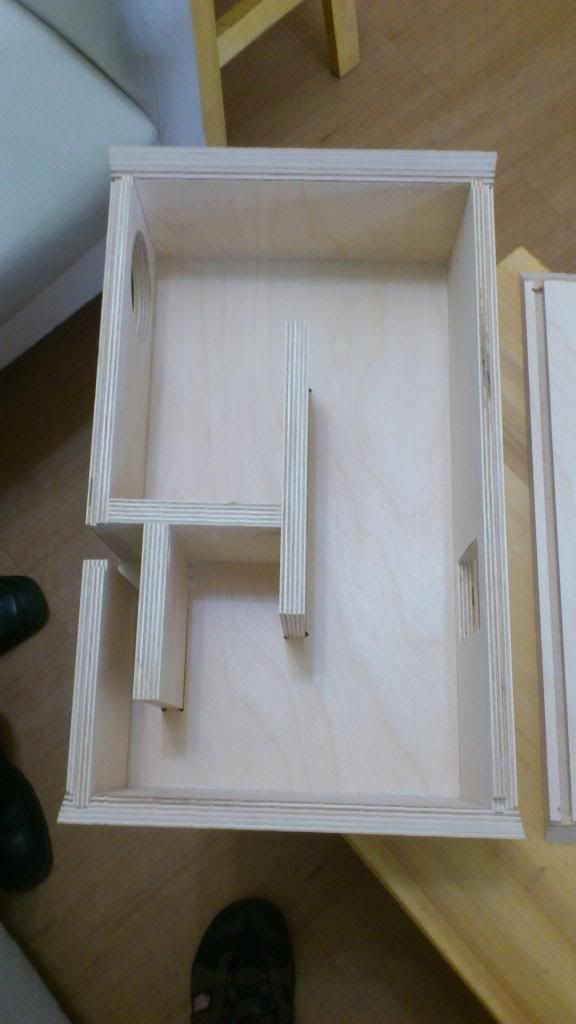
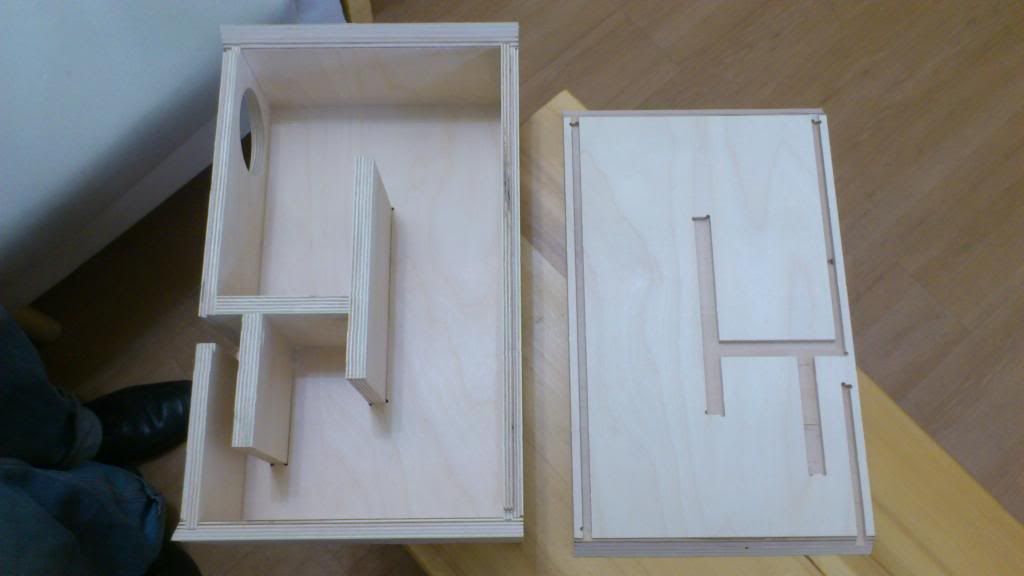
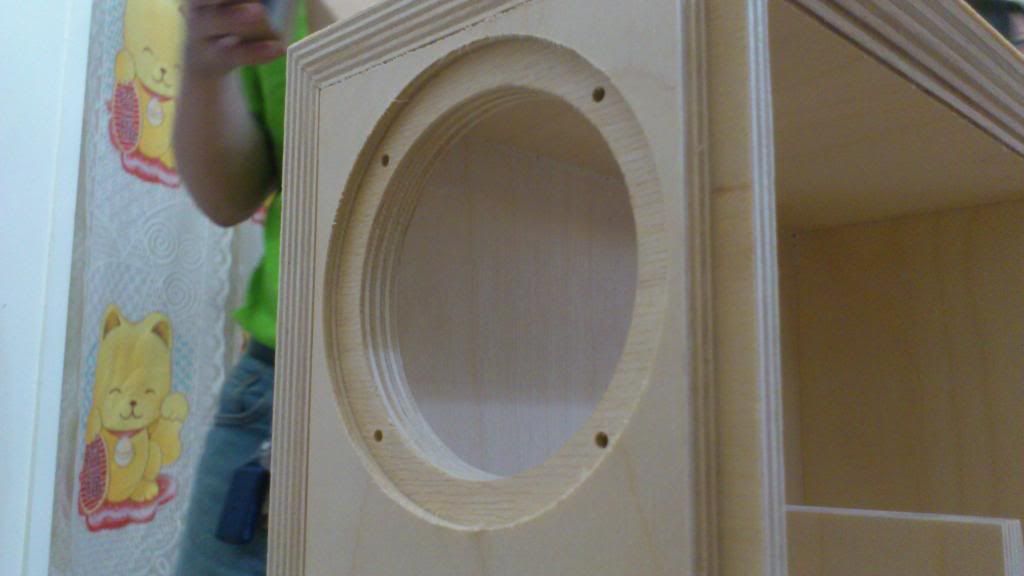
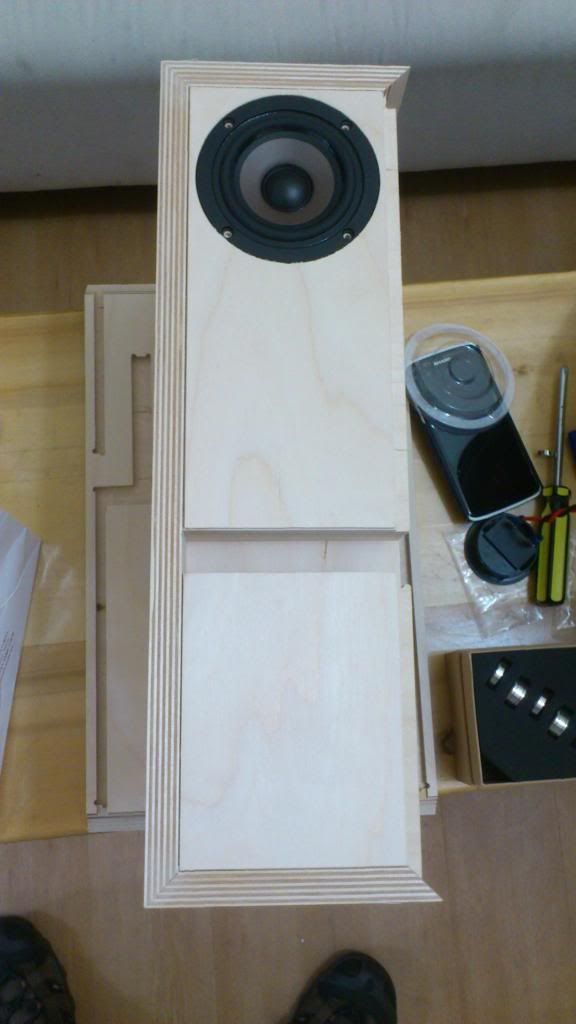
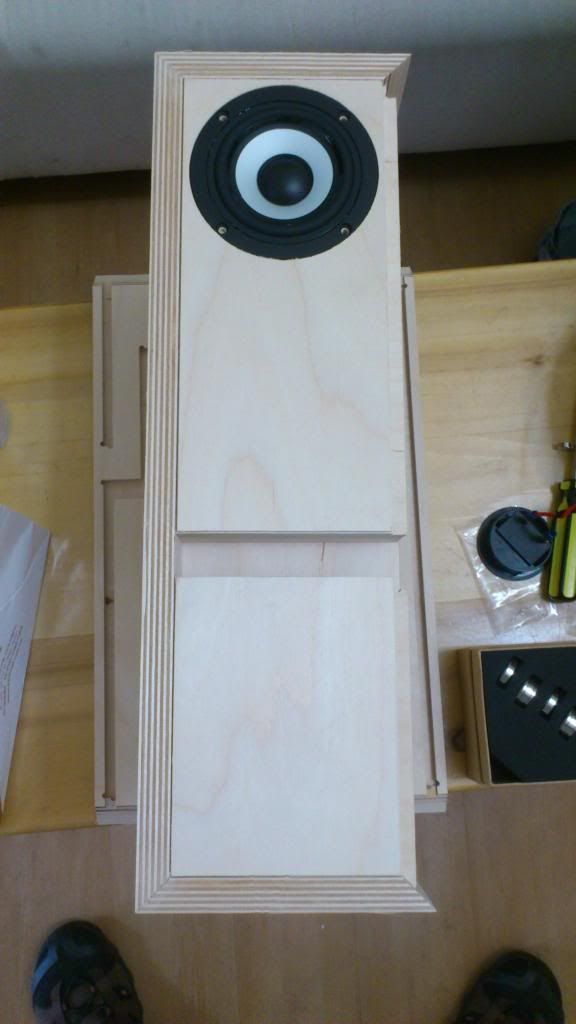


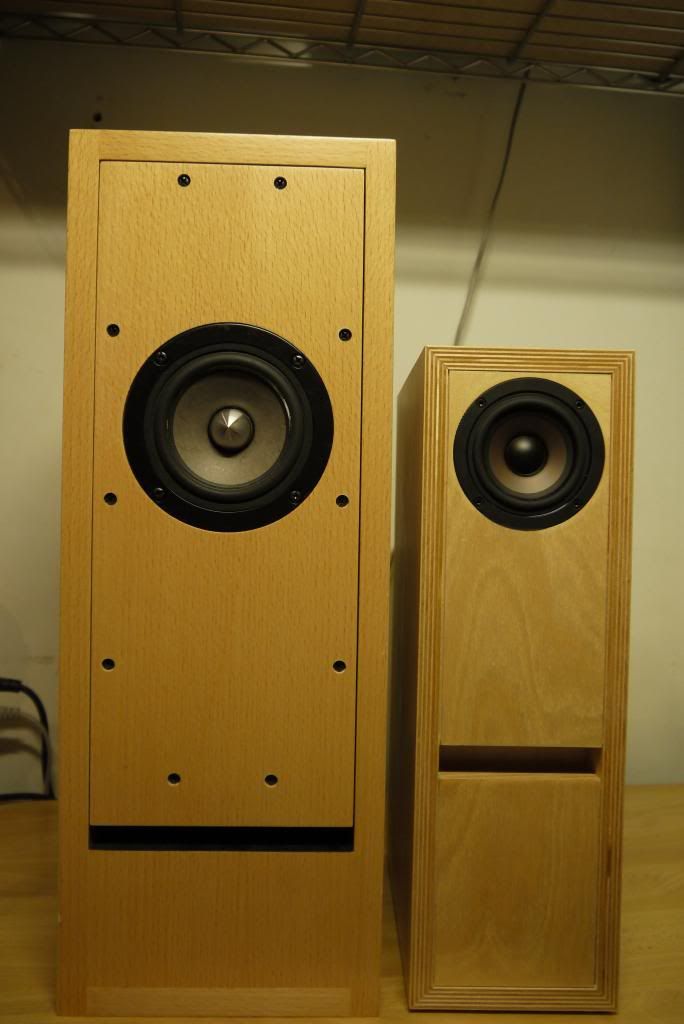
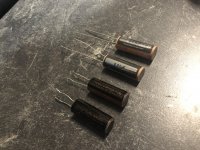

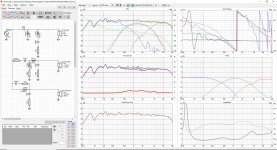
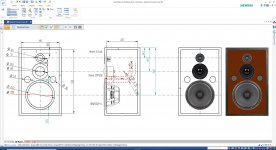
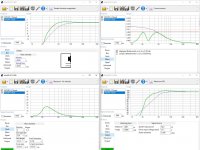

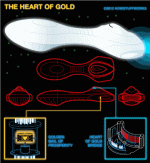
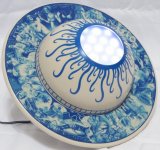

 ), M8 threaded rods, washers and nuts. Obviously the golden drive had to be stolen using robots…
), M8 threaded rods, washers and nuts. Obviously the golden drive had to be stolen using robots… 